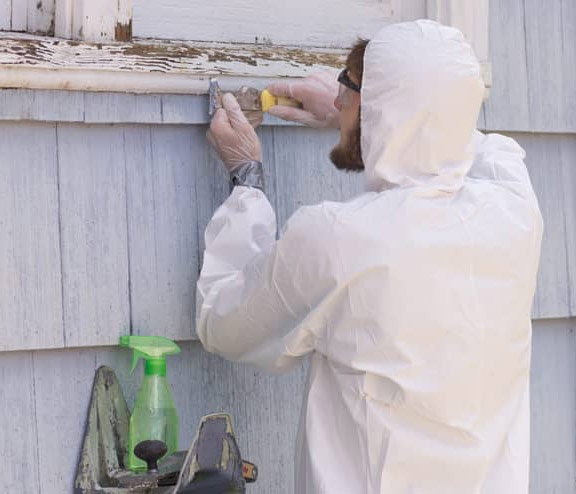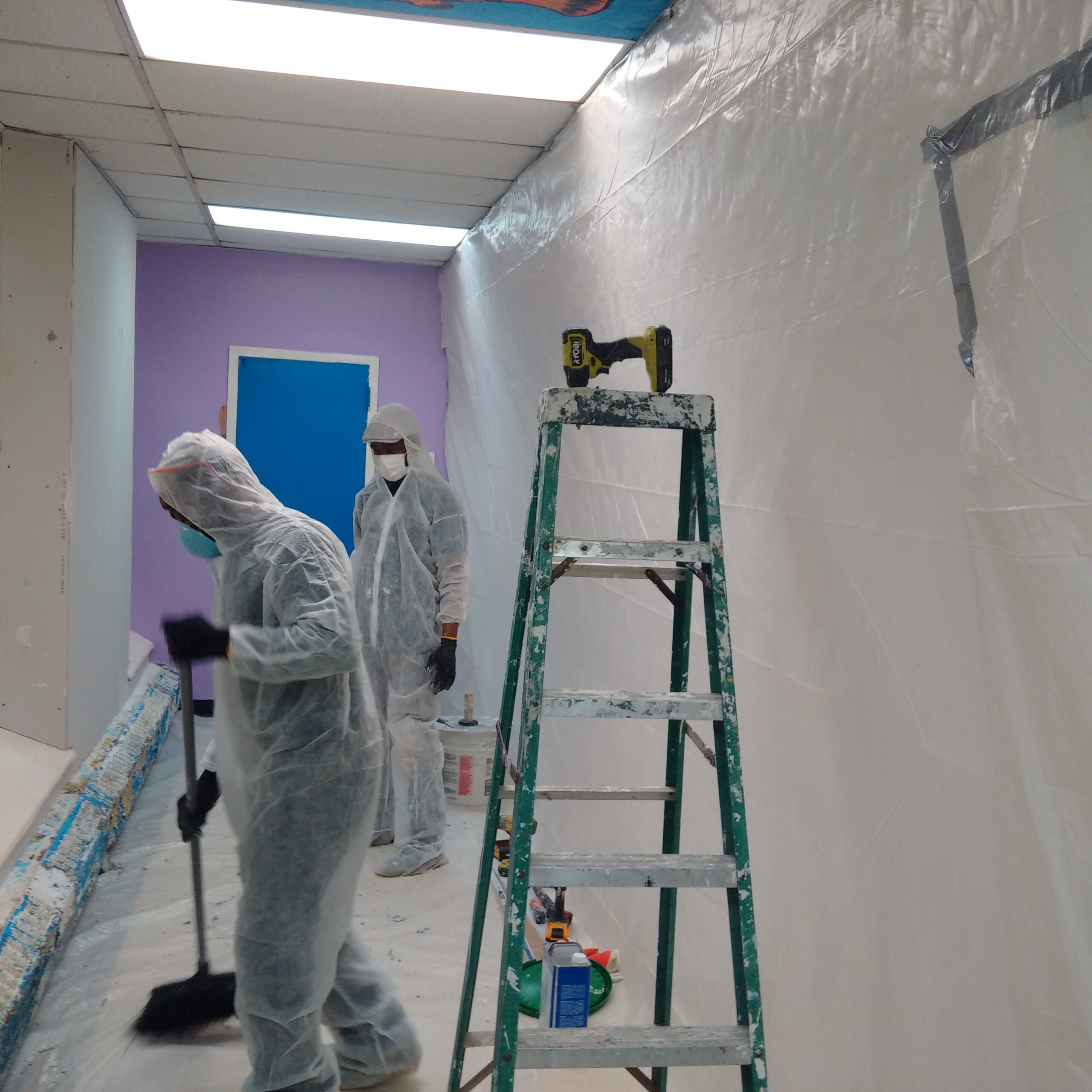Best Practices for Guaranteeing Safe and Complete Lead Offense Reduction
Addressing lead offense reduction calls for a multi-faceted method to make sure both safety and security and conformity. Initial analyses utilizing sophisticated discovery approaches such as XRF analyzers set the stage for a specific understanding of contamination degrees. Including appropriate containment strategies, including impermeable obstacles and HEPA filtration, paired with using individual safety tools (PPE) for employees, forms the foundation of a safe procedure. Meticulous cleanup methods, featuring HEPA vacuuming and wet-wiping, are important. It's the final clearance procedure, including detailed evaluations and laboratory testing, that truly verifies a lead-free setting, ensuring long-term safety and security. Just how do these techniques adjoin to assure detailed lead abatement?

Initial Assessment
Conducting a first evaluation is an important primary step in lead offense abatement. This stage includes a comprehensive evaluation of the residential or commercial property to determine the presence, degree, and details locations of lead-based dangers. Qualified experts, such as licensed lead assessors or run the risk of assessors, need to do a detailed site examination, using tools like X-ray fluorescence (XRF) analyzers to precisely find and gauge lead concentrations in paint, dirt, dirt, and water.
The analysis needs to also include a testimonial of the building's background, previous records, and any issues or wellness concerns reported by passengers - Lead Removal Contractors. Recording the searchings for diligently is essential, as these records form the basis for creating a reliable abatement technique. A detailed analysis additionally includes sampling and lab analysis, which are essential to verify the presence of lead and guide succeeding activities
Additionally, it is critical to connect the outcomes transparently to all stakeholders, consisting of home proprietors, tenants, and regulative authorities. By making sure that the preliminary evaluation is conducted with precision and roughness, experts can lay a solid structure for a targeted and efficient lead reduction procedure, inevitably guarding public health and making certain conformity with governing criteria.
Correct Control
Proper control is critical to protect against the spread of lead contaminants throughout abatement activities. Properly taking care of containment minimizes the threat of lead dust and debris moving to non-work areas, thereby protecting both the atmosphere and individuals outside the instant work zone.

Regular examinations of the containment location are required to look for breaches or weak points in the barrier. Any type of determined issues ought to be immediately resolved to preserve the integrity of the containment. By adhering to these techniques, abatement tasks can effectively manage lead contamination and minimize connected health threats.
Worker Protection
Making sure worker defense is extremely important throughout lead abatement jobs to avoid click here now work direct exposure to dangerous lead particles. Necessary measures consist of the usage of individual safety equipment (PPE) such as respirators, handwear covers, and full-body fits especially developed to block lead dirt and fumes. Employees need to undertake comprehensive training on the appropriate usage and maintenance of PPE, consisting of fit screening for respirators to make sure optimum efficacy.
Design controls, such as regional exhaust ventilation systems, are important in lessening air-borne lead concentrations in the work atmosphere. Administrative controls must additionally be executed, including restricting the period of direct exposure and rotating employees to minimize specific direct exposure times. Regular clinical security and biological tracking are essential for early detection of lead absorption, allowing timely intervention and treatment.
In addition, developing a purification method is vital. Workers need to comply with rigorous purification treatments before breaks and at the end of their change to stop lead dirt from being lugged outside the job location. This includes detailed hand and face washing with lead-specific cleaning representatives and transforming out of infected garments.
Precise Clean-up
Maintaining a safe job atmosphere prolongs past employee protection and encompasses thorough clean-up to make certain lead bits are extensively eliminated from the website. The process of careful cleaning is vital in preventing the recontamination of the eased off location and securing both existing and future residents.
To accomplish an extensive clean-up, all workspace should be methodically decontaminated. This includes using specialized HEPA (High-Efficiency Particulate Air) hoover and wet-wiping techniques to catch and remove fine lead dust that might have chosen surface areas. It is crucial to clean up all straight surfaces, including floorings, window sills, and counter tops, along with vertical surface areas that may have caught lead fragments.
Employees should wear appropriate individual safety equipment (PPE) during clean-up to avoid direct click resources exposure to residual lead dust. Utilized cleansing products such as wipes, sponges, and wipe heads should be dealt with according to contaminated materials disposal regulations.

Final Clearance
Last clearance is the important ending phase of lead abatement that establishes whether the site is safe for reoccupation. This crucial step entails extensive examination and screening to validate that all lead dangers have actually been properly eliminated. The procedure begins with a visual inspection by a licensed lead-based paint inspector or risk assessor to make certain no noticeable click to read more dirt or particles stays. This is followed by collecting dust wipe examples from various surface areas, consisting of floorings, windowsills, and other straight surfaces. Lead Removal Contractors.

Final clearance testing not only secures future occupants yet also guarantees compliance with local, state, and federal laws. It offers as a recorded validation of the abatement professional's adherence to industry ideal practices. Making sure a complete and successful final clearance is vital in safeguarding public wellness and cultivating depend on in the reduction procedure.
Conclusion
Making sure secure and detailed lead violation reduction demands a multifaceted technique including preliminary assessments with sophisticated detection techniques, effective control techniques, rigorous worker protection protocols, and precise cleanup treatments. The final clearance stage, including detailed evaluations and research laboratory testing, is essential to confirm conformity with EPA criteria. Adherence to these best practices ensures a secure setting for occupants, reduces health and wellness dangers, and upholds regulatory demands, thereby advertising public health and safety in lead-affected locations.